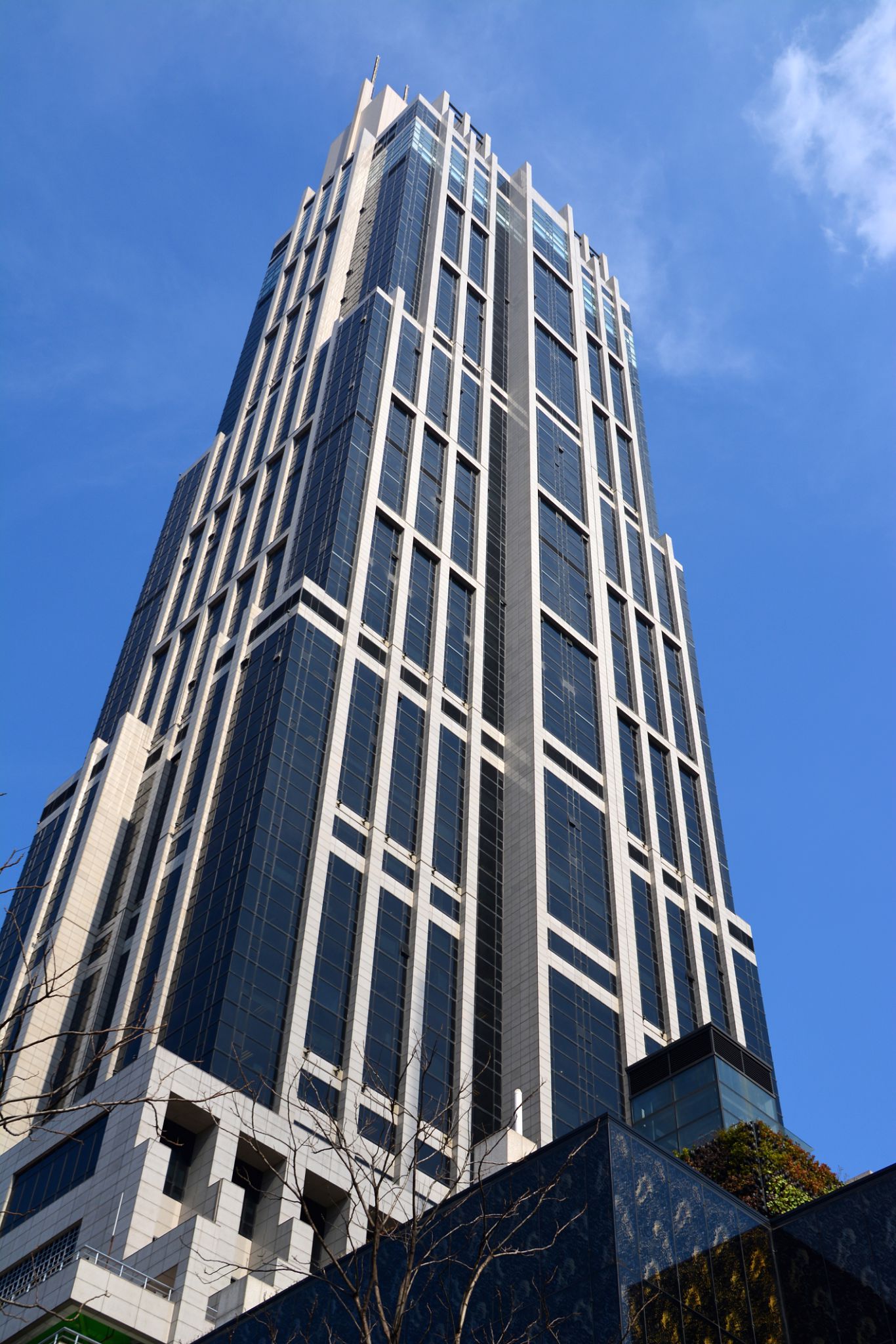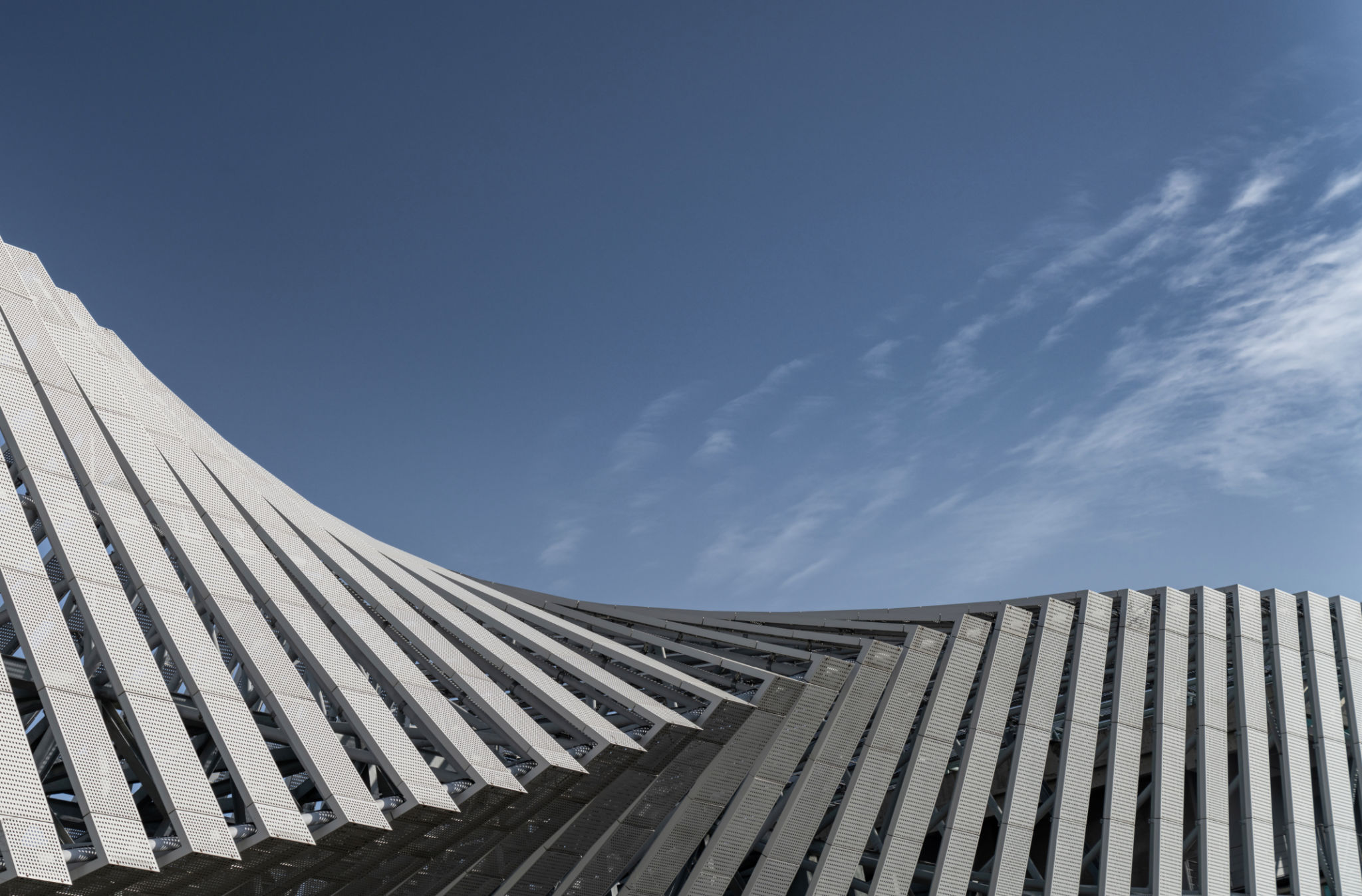Exploring the Unique Architectural Styles of Lisboa
Lisboa's Rich Tapestry of Architectural Styles
Lisboa, the sun-kissed capital of Portugal, is renowned for its vibrant culture, stunning views, and most notably, its diverse architectural styles. As you wander through its charming streets, you'll experience a unique blend of historical and contemporary designs that tell the city's rich history. From Gothic structures to modernist marvels, each building in Lisboa has a story to share.

Gothic Grandeur: The Legacy of the Middle Ages
Lisboa's Gothic architecture is a testament to the city's medieval past. The most iconic example is the Jerónimos Monastery, a UNESCO World Heritage site. Its intricate stonework and majestic arches reflect the wealth and power of Portugal during the Age of Discoveries. Another notable Gothic structure is the Carmo Convent, which stands as a hauntingly beautiful ruin since the devastating earthquake of 1755.
The Gothic style in Lisboa is characterized by pointed arches, ribbed vaults, and flying buttresses. These elements not only serve an aesthetic purpose but also demonstrate the architectural advancements of that era. Exploring these sites offers a glimpse into the city's historical significance and artistic achievements.

Manueline Masterpieces: A Unique Portuguese Style
Unique to Portugal, the Manueline architectural style flourished during the reign of King Manuel I. This style is an ornate synthesis of Late Gothic with maritime motifs, reflecting Portugal's seafaring heritage. The Belem Tower is one of the finest examples of Manueline architecture, with its elaborate carvings and maritime symbols.
Another masterpiece is the entrance of the Jerónimos Monastery, which dazzles with its intricate details and sculptural decorations. The style is characterized by complex stone carvings that depict ropes, armillary spheres, and other nautical elements, celebrating Portugal's golden age of exploration.

Pombaline Pragmatism: Rising from the Ashes
After the catastrophic earthquake in 1755, Lisboa underwent a major reconstruction. The Pombaline architectural style emerged as a result, named after the Marquis of Pombal who led the rebuilding efforts. This style is renowned for its emphasis on functionality and safety, incorporating one of the first examples of earthquake-resistant construction.
The grid-like layout of the Baixa district exemplifies Pombaline planning, with elegant yet practical buildings that feature simple facades and uniform heights. This area serves as a testament to Lisboa's resilience and innovation in urban planning.

Modernist Movements: Embracing Contemporary Design
In contrast to its historical styles, Lisboa also embraces modernist architecture. This movement brought sleek lines and minimalist designs to the cityscape. The Calouste Gulbenkian Foundation is a prime example, with its harmonious blend of nature and architecture.
Additionally, the Parque das Nações district showcases contemporary designs that emerged from Expo '98. This area features striking structures like the Vasco da Gama Tower and the Gare do Oriente, highlighting Lisboa's forward-thinking spirit and commitment to innovation.

Conclusion: A City of Timeless Beauty
Exploring Lisboa's architectural styles offers a fascinating journey through time. From ancient Gothic cathedrals to cutting-edge modernist buildings, each era has left an indelible mark on the city. Whether you're an architecture enthusiast or a curious traveler, Lisboa promises a captivating experience through its unique and diverse architectural landscape.
